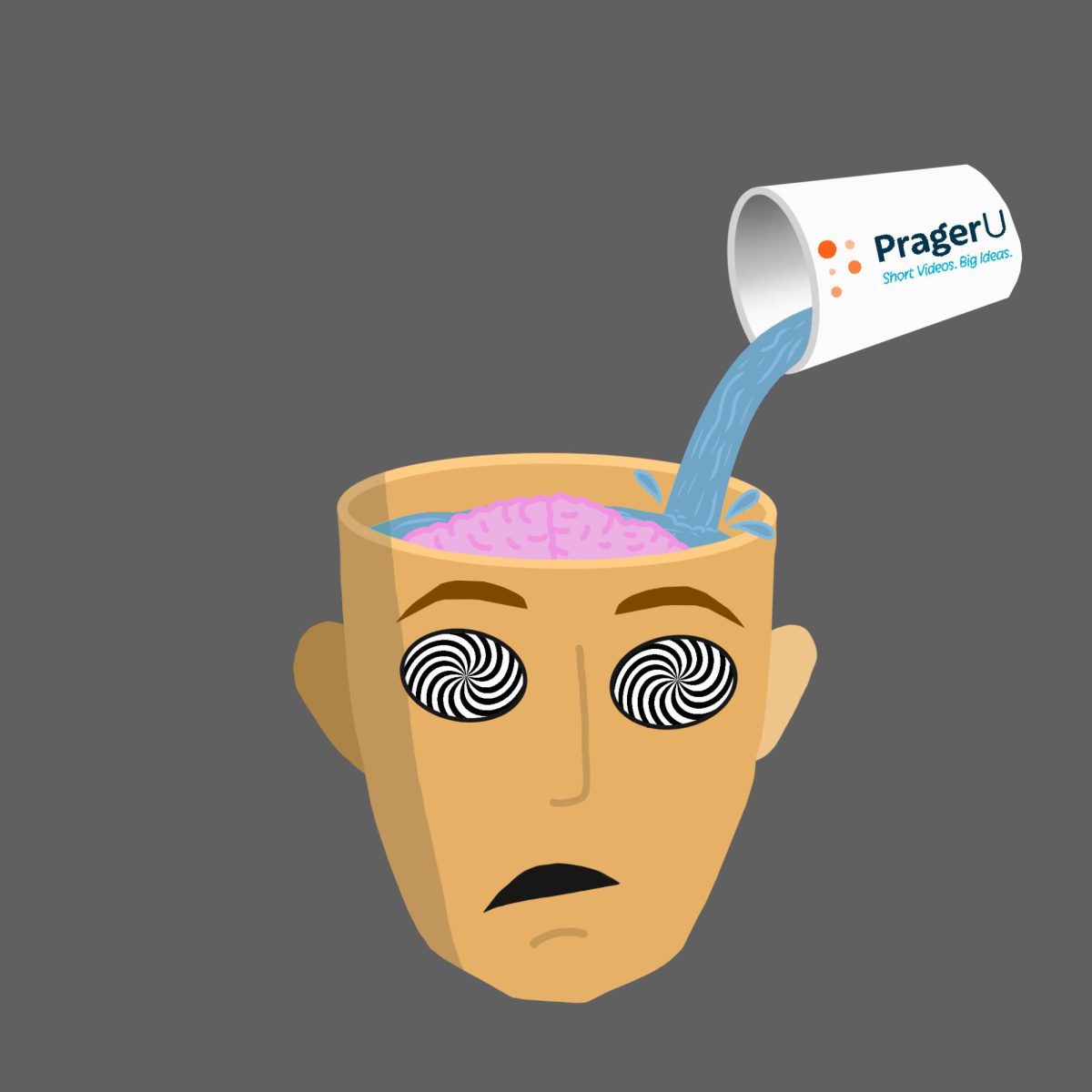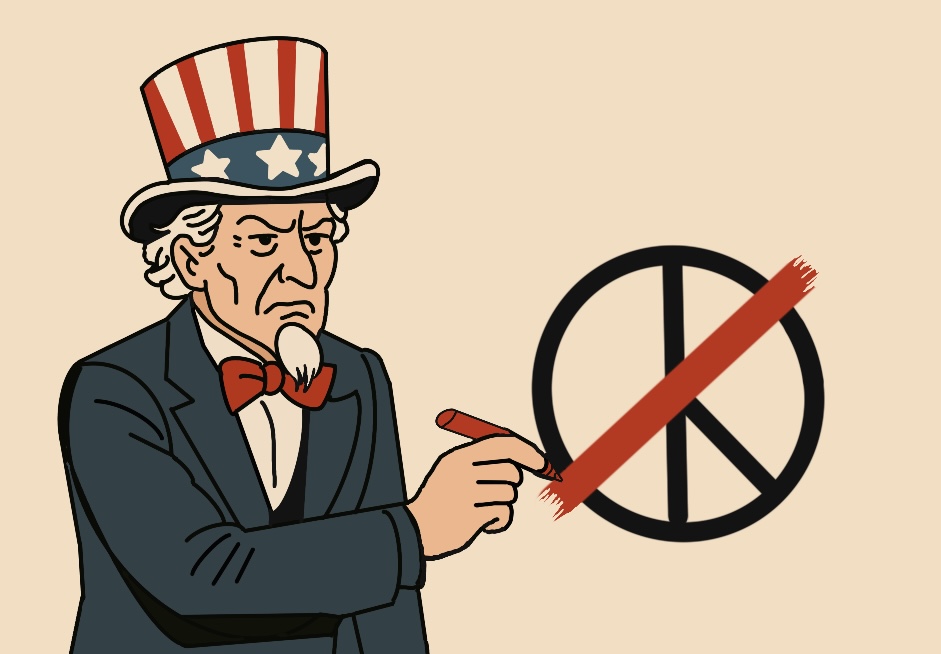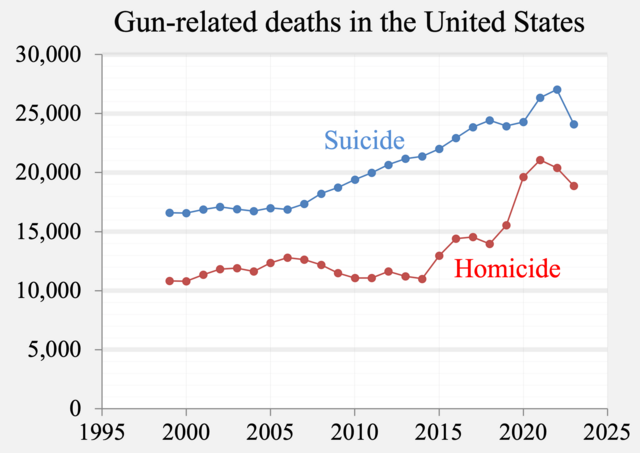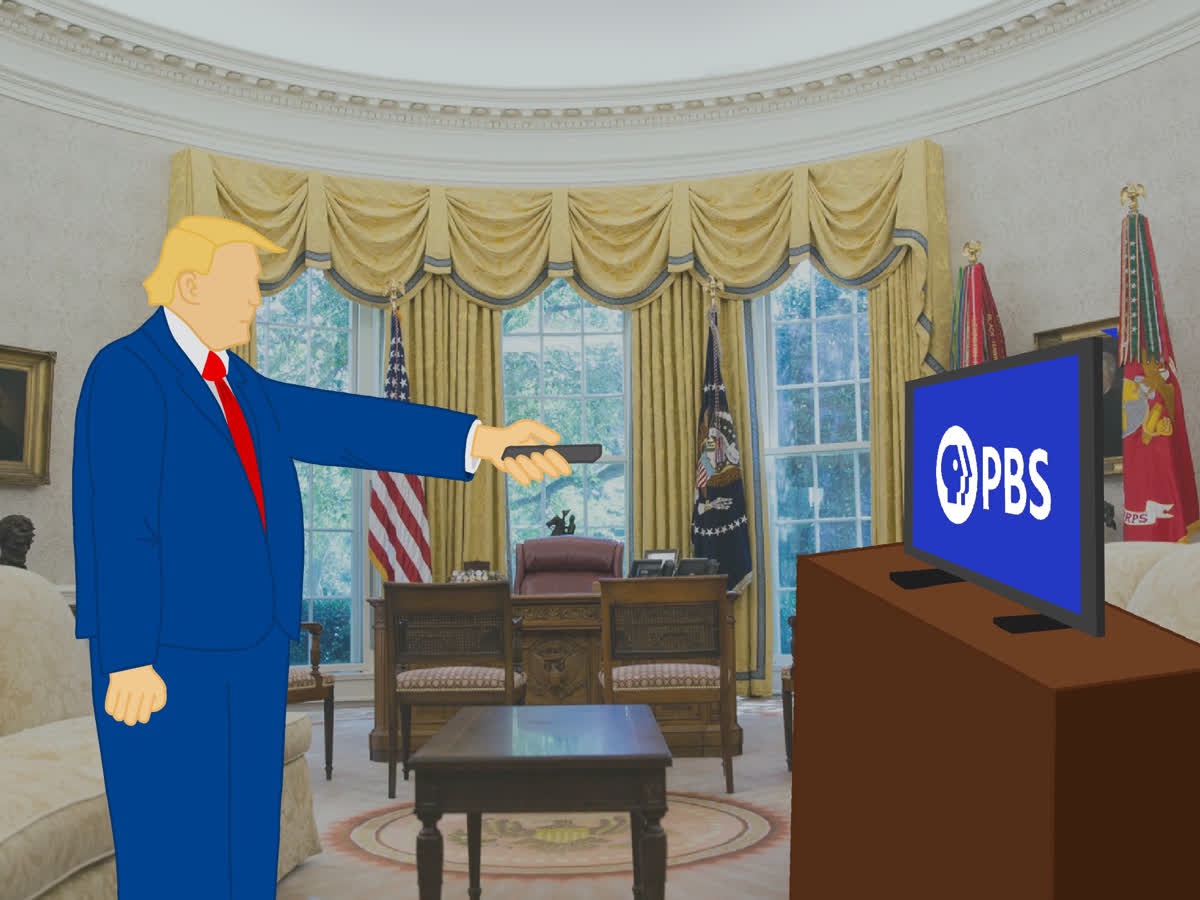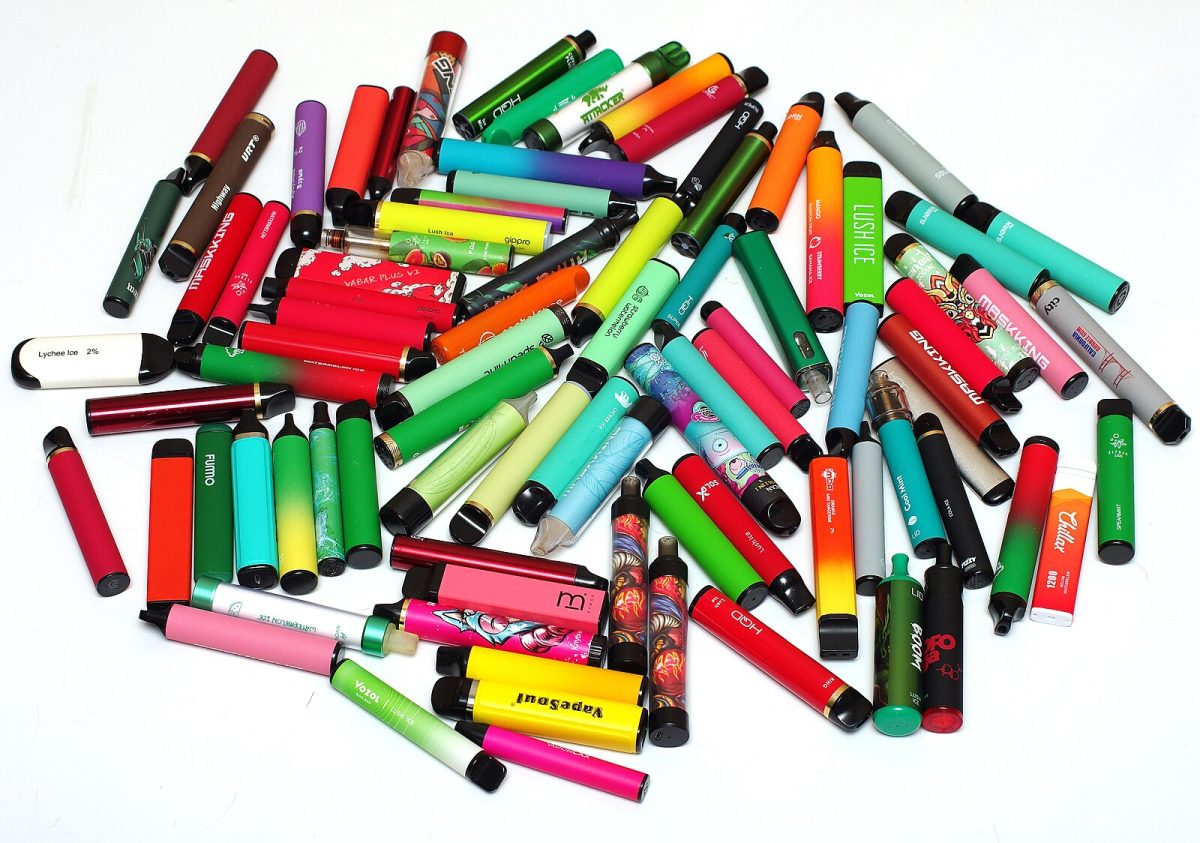Yes, I took the picture of the gun a Grady High classmate accidentally discharged last week in the school courtyard. Yes, I threaded my way through the monkey grass and snapped a photo of that abominable, life-ruining object seconds after the student accidentally shot herself in the leg and rushed off to the school clinic, leaving the gun in the grass.
And, yes, the photo and my story got a lot of attention.
But now is the time to forget the photo and focus instead on the transformation that this whole unfortunate incident could inspire — if we are willing to be inspired.
First of all, I believe that Grady is an amazing school. Its ability to provide valuable real-world experiences, balanced with the opportunity for a great education and involvement in countless prestigious extracurricular activities and sports, is unrivaled by most public and private schools.
Over the past month, however, an appalling truth about Grady has become more evident to me. The interaction between black and white students is being suffocated by two conditions: fear and a lack of understanding. In general, we are afraid to venture out of our comfort zones, preferring to remain within the sheltered circle of our own race.
Black eighth grade students coming to Grady check the box for one of three Small Learning Communities, which dictate their classes all four years at Grady. For the most part, they choose Biomedical Science and Engineering, Business and Entrepreneurship, or Law and Leadership, while most white eighth grade students check the box for Communications and Journalism.
In addition to classes, the lunch hour is divided. For the most part, black students sit in the cafeteria to eat lunch and white students sit in the upper courtyard. Because of this, we learn and grow separately, limiting our perspectives and tunneling our vision of the world.
Interracial relations at Grady are also governed by a string of misunderstandings. I became more aware of this in the aftermath of The Southerner’s first issue of 2013. Our lead story concerned former Grady student Antonio Johnson, who was arrested on Dec. 24 and charged with murder
Isabelle Taft, our editor-in-chief who wrote the story on Johnson, spent countless hours uncovering the facts in order to shed light on Johnson’s life and allow others to better understand how he ended up making the mistakes that he did; she did not, nor was attempting to, villainize him. But several black students responded with disgust to our coverage, angered in thinking that The Southerner was out to get Johnson. This is in no way true. We were simply reporting the facts.
Looking back, however, we misunderstood the sensitivity of our black peers to the issue and probably should not have printed six pictures of Johnson, including four mug shots.
One of the reasons that students misinterpreted our motives is that the vast majority of The Southernerstaff is white. As a result, black students think that, in regards to the grim lifestyle that Johnson and many other Grady students have gone through, we are astonishingly and shamefully blind. And they are absolutely right.
This instance illustrates the lack of understanding that fuels the racial divide at Grady. To be clear, this divide is not caused by racial discrimination; it is caused by a drastic socio-economic disparity in lifestyle. While many Grady students live in communities dominated by soccer moms, PTA presidents, and book clubs, many others are submerged in neighborhoods of gang activity and crime.
While many students struggle to find where their weekly housecleaning service moved the waffle maker, many others struggle to walk down the street safely. The difference manifested itself in the aftermath of the gun incident. Some students were frightened and shaken learning that a shot had been fired, even by accident. Some were just going about a normal day.
One thing is clear. We are extremely different. But do our differences have to divide us? Are we not all just humans on this earth, questing for happiness and for love? And aren’t we all so desperately tired and frustrated with the difficulties of this quest?
So, let’s ask ourselves, do we have to continue hopelessly trekking through the cavernous trenches of misunderstanding, judging, fear and hate? Or can we come together, knocking down those pesky, stubborn walls in our mind that divide us, and change our lives and the lives of the people around us?
Can we make a difference? Can we show the world that we can come together, despite the odds, despite our differences?
Can we join arms and love each other as brothers and sisters?
We shall see. Come to me if you want to help. I have a few ideas.

